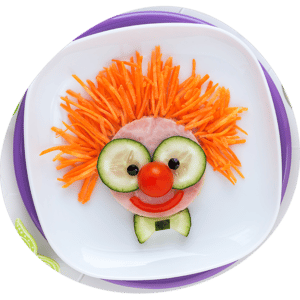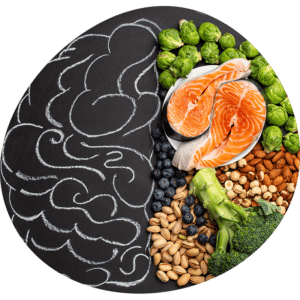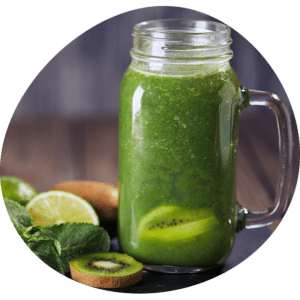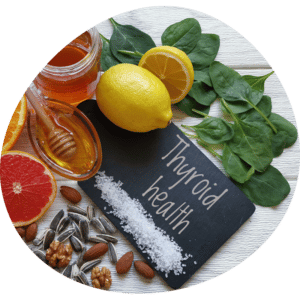The microbiome if a hot area of interest for not only researchers, but also the general public and citizen scientist. In this blog post, I am going to myth bust a few commonly held beliefs and advise you of the main do’s and don’ts for microbiome wellness.
Interesting microbiome facts:
The microbiome is now being thought of as another organ in our body and weighs around 2.5 kgs. There are 200 times more genes in our microbiome than in our body! It has many functions which are essential to human health. The microbiome houses around 70% of our immune system, it may play a role in weight management, it produces either pro or anti-inflammatory substances, it makes certain vitamins and aids in the digestion of our food and even the metabolism of certain herbal medicines and drugs.
Microbiome health or lack thereof has been linked to various disease states including gut disorders, alzheimers, parkinsons, multiple sclerosis and many more. Having a healthy microbiome can protect you from pain related syndromes, fatigue, brain fog, autoimmune disease, poor immunity and much more. To improve the health of your microbiome, be sure to follow this advice:
Do this….
Eat a rainbow every day. I have previously written about the health benefits of eating phytonutrients every day and this is a common theme in my social media posts. My general advice is to try to eat 2 different sources of orange, yellow, green, white, purple and red plant foods every single day.
Eat a diverse diet – aim for 40 different plants each week and mix it up every week.
Eat heirloom varieties of fruits and vegetables when available.
Try shopping at farmers markets as much as possible so the food hasn’t been sitting in cold storage for months and gas ripened. Better yet, grow your own so you eat fresher food and get exposed to soil based microorganisms!
Eat organic as much as possible as the sprays used on conventional foods have an antibiotic like effect on our gut bacteria.
Eat lots of fiber as fiber is our friendly bacterias food of choice.
Eat different types of fiber as they all feed different types of bacteria. Fiber sources include: * Inulin and FOS found in leek, garlic, onion, jerusalem artichoke and asparagus
* Resistant starch from cooled, cooked potato, green bananas, sourghum and legumes
* Polyphenols found in chocolate, tea and purple fruits and vegetables
* Colonic foods such as green tea and psyllium.
Please contact me for more gut health and diet advice, to achieve optimal health.
Share this Blog
If you enjoyed this article share it across your socials









